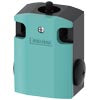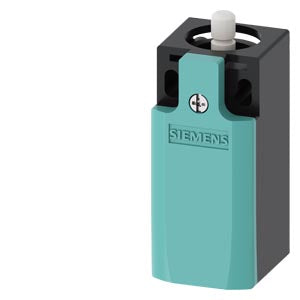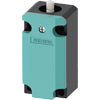Buy Limit Switches Online
Limit switch is a switch operated by the motion of a machine part or the presence of an object. A limit switch can be used for controlling machinery as part of a control system, as a safety interlock, or as a counter enumerating objects passing a point. Limit switches are special tools in machines. They tell a machine when to stop or start by sensing if something is there or how far it moves. These switches are really important in factories to control machines, keep them safe, and count things.
Limit Switches Work
These switches work when they touch something or when something moves close to them. They can either make a machine start working or make it stop. There are two main types of limit switches:
- Normally Open: These switches turn on when they touch something.
- Normally Closed': These switches turn off when they are activated.
The Parts of a Limit Switch
- Actuator with Operating Head: This is the part that touches or senses the object.
- Switch Body: It has the parts inside that decide whether to turn on or off.
- Electrical Terminals: These connect the switch to the machine's electric system.
Where are Limit Switches Used?
Limit switches are used in many places.
- Factories: They control machines on production lines.
- In Big Machines: like elevators, cranes, and metalworking machines,.
- Everyday Stuff: Like garage doors and some home appliances.
The Good Things About Limit Switches
- They are Reliable: Limit switches are strong and last a long time.
- Easy to Use: They are simple to install and don’t need much care.
- Very Useful: They do important jobs in many types of machines.
Limit Switches in Factories
In places where machines need to be precise, like factories, limit switches are really helpful. They make sure machines do what they should do and keep everyone safe.
Frequently Asked Questions
Q1. What are limit switches, and how do they work?
Ans. Limit switches are electrical devices used to detect the presence or absence of an object and monitor its position. They work by using a lever arm or non-contact sensing method to trigger an internal mechanism that changes the electrical contacts' state when an object comes into contact with the switch.
Q2. What types of limit switches are available?
Ans. There are two main types of limit switches: mechanical limit switches and proximity limit switches. Mechanical limit switches use physical motion, while proximity switches use non-contact methods like inductive, capacitive, or magnetic sensing.
Q3. What are the applications of limit switches?
Ans. Limit switches find diverse applications across industries, including manufacturing, robotics, conveyor systems, automotive, safety systems, elevators, and home appliances. They facilitate precise position sensing, automation control, and safety functions.








